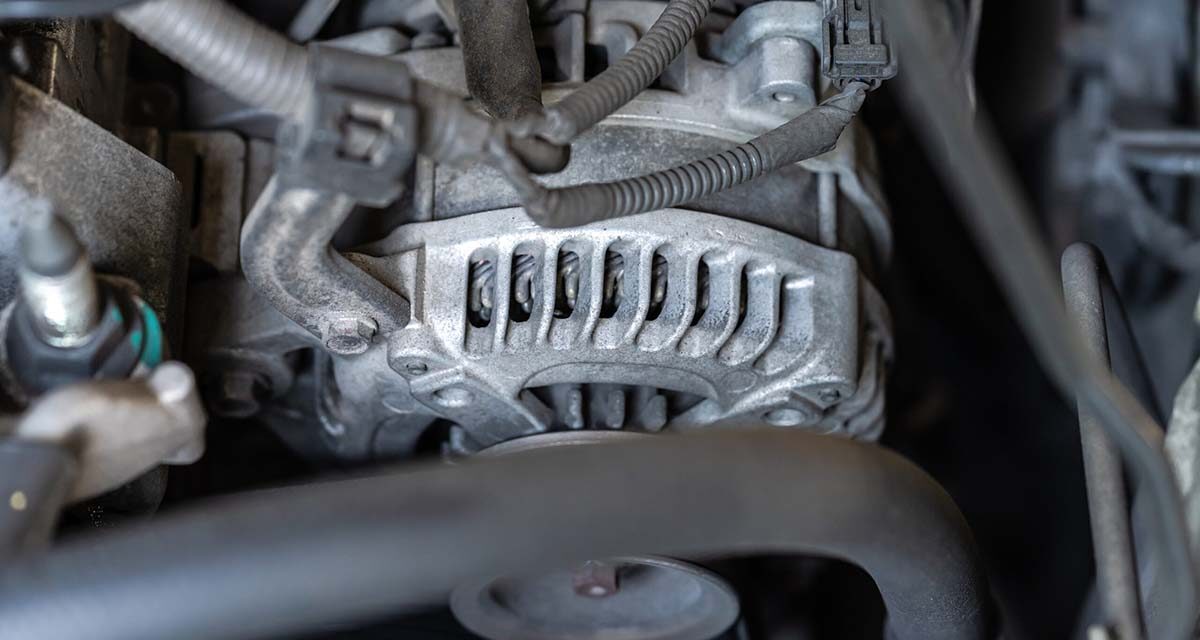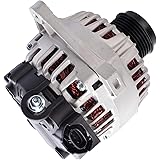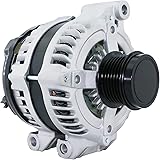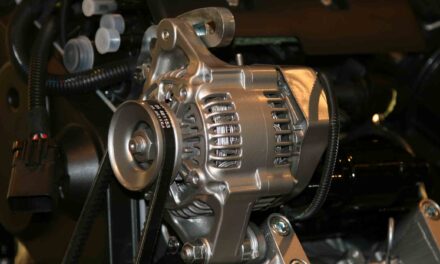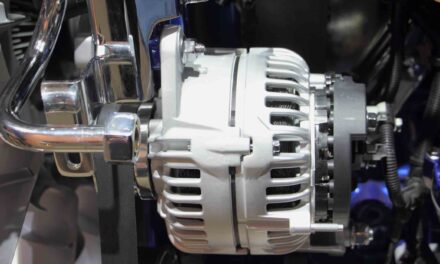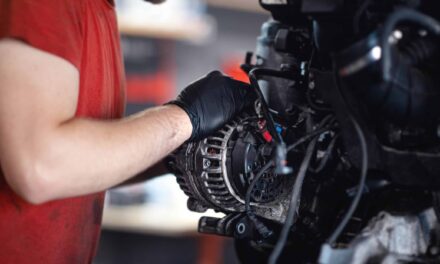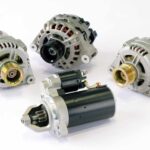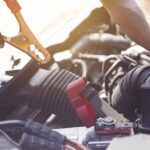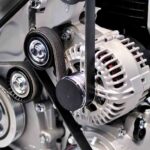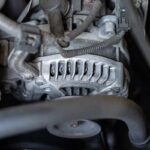Alternators are a crucial component of a car’s electrical system, responsible for charging the battery and powering the vehicle’s electronics. Over time, the alternator may develop noise issues which can be a symptom of wear, misalignment, or internal damage. Here’s how to troubleshoot and address alternator noise issues.
Identify the Type of Noise:
- Whining or Grinding: This often indicates worn-out bearings inside the alternator. It could also mean the internal parts of the alternator are failing.
- Squealing or Chirping: Usually a sign of belt problems. The drive belt could be loose, misaligned, or worn out.
- Rattling: Loose parts or mounting bolts may cause a rattling sound.
Visual Inspection:
- Check for Physical Damage: Look at the alternator casing for any signs of cracks or damage.
- Inspect the Drive Belt: The belt should be free of cracks and not be too tight or loose.
- Check for Loose Mounting Bolts: Ensure the alternator is secured firmly in place.
Use a Mechanic’s Stethoscope:
- If you’re unsure where the noise comes from, use a mechanic’s stethoscope to pinpoint the source. Place the probe on the alternator’s casing and listen.
Addressing the Noise:
- Replace Worn-out Bearings: If the bearings are the issue, they’ll need replacement. Replacing the entire alternator may be more cost-effective, especially if it’s old.
- Adjust or Replace the Drive Belt: If the belt is the culprit, tightening it might solve the problem. However, replacement is the best option if it’s worn out or damaged.
- Secure Loose Parts: Tighten any loose mounting bolts or components causing a rattling sound.
Testing the Alternator:
- After addressing the suspected issue, test the alternator’s output voltage to ensure it’s functioning correctly. It should provide a voltage output between 13.5 to 14.5 volts for most cars.
Noise from the alternator should never be ignored, as it’s often a precursor to more serious issues. Addressing the problem early on can save you from more extensive, costlier repairs down the road.
ASTOU New V6 130Amp Alternator fits 2005 2006 2007...
$85.49 (as of July 27, 2024 03:38 GMT +00:00 - More infoProduct prices and availability are accurate as of the date/time indicated and are subject to change. Any price and availability information displayed on [relevant Amazon Site(s), as applicable] at the time of purchase will apply to the purchase of this product.)V6 ASTOU Alternator fits 2008 2009 2010 for Honda ...
$86.04 (as of July 27, 2024 02:39 GMT +00:00 - More infoProduct prices and availability are accurate as of the date/time indicated and are subject to change. Any price and availability information displayed on [relevant Amazon Site(s), as applicable] at the time of purchase will apply to the purchase of this product.)SHICHU Alternator Compatible with 2011-2017 Elantr...
6% OffDodge Alternator Replacement New For 2011-2020 Gra...
$116.99 (as of July 27, 2024 00:52 GMT +00:00 - More infoProduct prices and availability are accurate as of the date/time indicated and are subject to change. Any price and availability information displayed on [relevant Amazon Site(s), as applicable] at the time of purchase will apply to the purchase of this product.)
Disclaimer: This article is intended for informational purposes only. Always consult a professional mechanic or automotive expert before making decisions based on this content. Neither the author nor the platform is liable for decisions based on this information.

